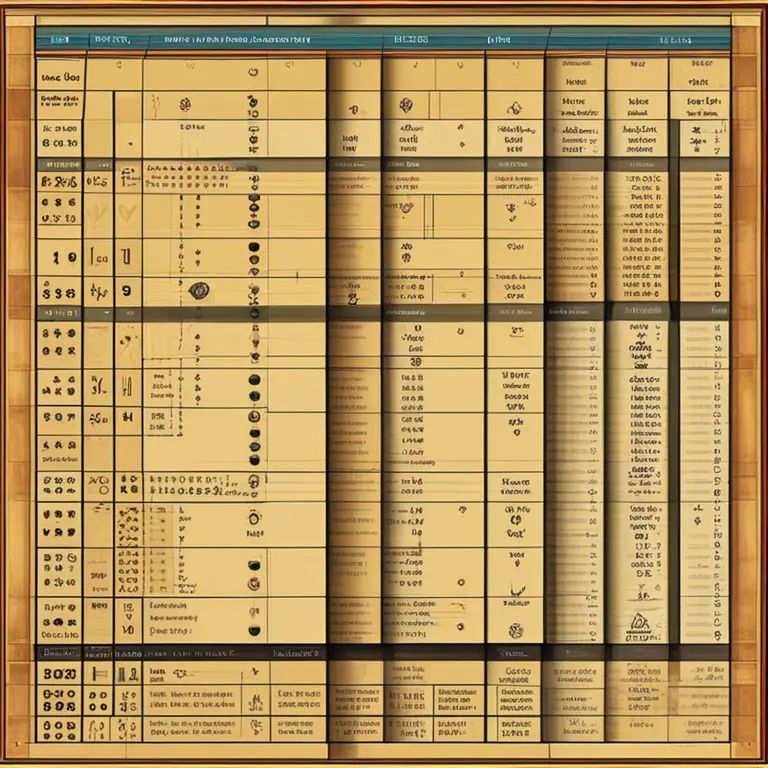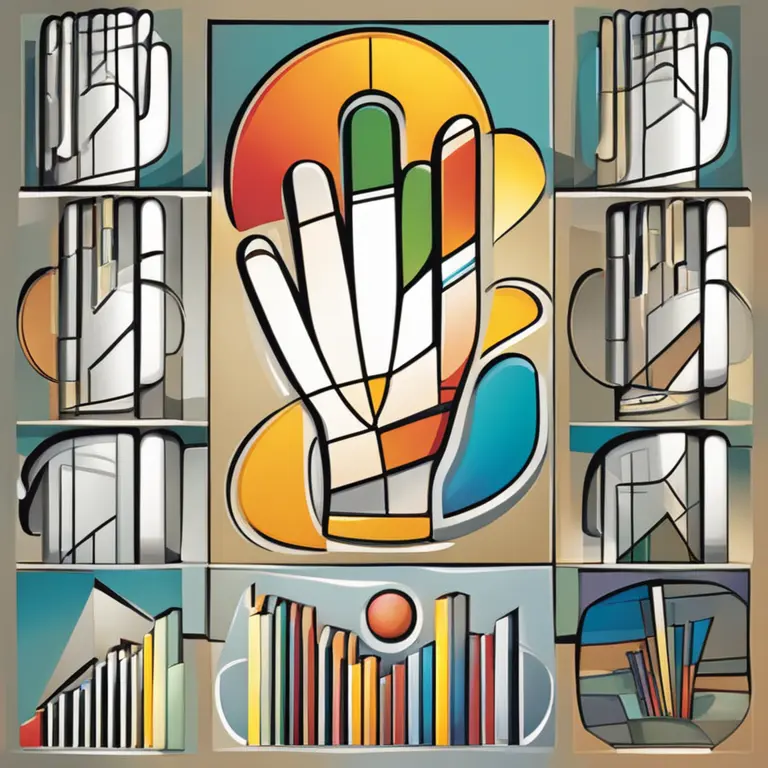
The Art of Palm Reading: A Guide to Hand Analysis
Discover the fundamentals of palmistry and learn how to interpret the lines and shapes in your hand for personal insights.
article by Nora Pennington
Introduction to Palmistry
Palmistry, or chiromancy, has been practiced for thousands of years, spanning various cultures and historical epochs. As a form of divination, it aims to analyze an individual's character or predict their future by studying the palms of their hands. Despite its ancient roots, palmistry remains popular in the modern era with a renewed interest in self-discovery and mindfulness practices. This guide provides an overview of the core principles you'll need to start reading palms, pegging the practice firmly in the realm of personal enrichment for the contemporary seeker of wisdom.

Major Lines of the Palm
Key to palm reading are the major lines: the heart, head, and life lines. Each line is believed to reveal different aspects of an individual's life. The heart line, arching across the top of the palm, reflects emotional stability, love, and attraction. The head line, running below it, offers insights into intellectual abilities and psychological inclinations. Meanwhile, the life line, curving around the thumb, is often associated with life path, physical vitality, and major life changes. Interpreting these lines involves not just their presence, but also their depth, length, and any interruptions or branching.

The Minor Lines and Their Meanings
Beyond the major lines, several minor lines can be revealing. The fate line, for example, indicates the degree to which a person's life is affected by external circumstances beyond their control. The sun line, often referred to as the line of Apollo, can signify artistic talent and public recognition. While not everyone has these lines clearly marked—or sometimes at all—their existence and clarity can offer nuanced insights into an individual's prospects and talents.

Mounts and Fingers: Personality Traits Unveiled
Palmistry does not end with lines. The mounts of the palm, or the fleshy pads beneath each finger and the thumb, each correspond to different attributes influenced by astrological bodies. For instance, the Mount of Venus under the thumb relates to love, desire, and physical health, while the Mount of Jupiter under the index finger pertains to ambition and leadership qualities. Fingers, too, are significant. Long, slender fingers may suggest creativity and sensitivity, whereas shorter fingers can imply practicality and determination.
Challenges in Modern Palmistry
In the age of ever-advancing technology, palmistry faces both challenges and opportunities. With more access to information and resources online, people can educate themselves on palmistry basics more easily than ever. However, this also means that the traditional practice must compete with algorithmic fortune-telling and automated readings. For dedicated palmists, striking a balance between maintaining the integrity of their craft and adapting to digital platforms is crucial.
Practical Tips for Beginners
For novices eager to try their hand at palmistry, the first step is to observe. Start by examining your own palm and familiarize yourself with its contours and landmarks. Read from the dominant hand for insights into present life circumstances, and use the non-dominant hand to glean potential future paths. Keep an open mind, as palm reading is an interpretive practice, and remember that the hands can change over time, reflecting the dynamic nature of our lives.
Published: 1/11/2024
Modified: 1/12/2024
More predictions
Come back here soon to learn more about yourself and your future


Can Palmistry Foresee One’s Demise?
Delve into the contentious debate about whether palmistry can predict the end of life and the ethical considerations of such a claim.


The Efficacy of Palmistry: Real Insight or Fancy?
Delve into the validity of palmistry as a form of divination. Is there a truth behind the lines on our palms, or is it just a charming fancy?


The Ancient Art of Vedic Palmistry
Discover the ancient art of Vedic Palmistry and its practice in the modern era, revealing the secrets held within the lines of the hand.